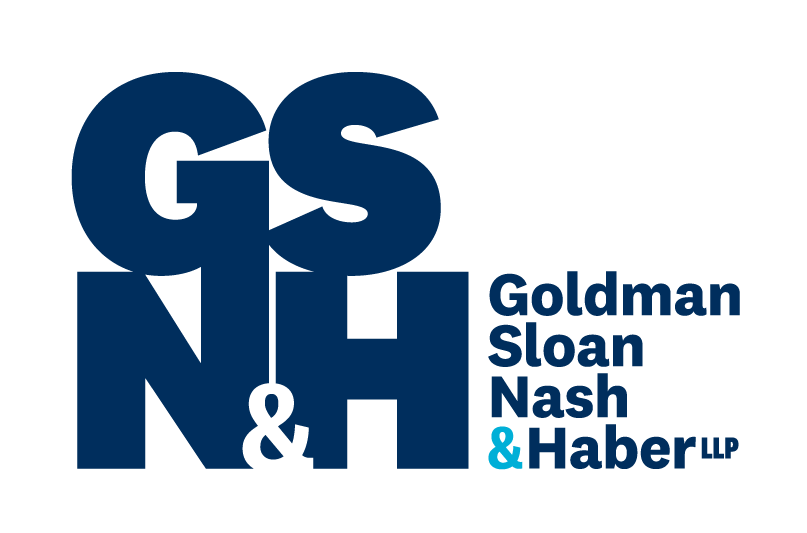Once it has been decided to protect a trademark by obtaining a trademark registration, the requirements of the Trade-marks Act need to be considered. The starting point is the statutory definition of a trademark. The definition provides that a trademark means: a mark that is used by a person for the purposes of distinguishing or so as to distinguish goods or services manufactured, sold, leased, hired or performed by a person from those manufactured, sold, leased, hired or performed by others.
The definition is of fundamental importance in determining what can be registered and protected as a trademark. The ordinary grammatical meaning of the word “mark” suggests that what is being referred to is a symbol. The definition is not in conflict with the concepts associated with branding but focuses on the differences between brand names.
The definition also incorporates the concept of “use” which is defined by the Act. The words “for the purposes of distinguishing or so as to distinguish” incorporate the definition of “distinctive” and all that the concept of distinctiveness means in trademark law.
Manufacturers’ marks are expressly referred to but distributors’ marks are also included. A trademark may become known to consumers by virtue of the involvement of the distributor when the manufacturer is not known. A typical example of a distributor’s mark is the private label offerings sold to consumers by numerous retailers.
There is nothing in the Act which prevents a slogan or a tagline from being used as a trademark and protected under the Act. Whether the use of a slogan or a tagline in a particular case is in fact trademark “use” depends on whether the use is trademark “use” as required by the Act and whether the slogan is a “trademark” as set out above.
The Act contains a parallel definition of a “proposed trademark”. Under the Act it is possible for a person who has not yet begun to use a trademark to file an application based on an intention to use it in Canada. There are a number of advantages to filing an application prior to actually using the trademark. Under the current Act a proposed trademark owner may only obtain rights, apart from a right to claim priority, by actually using the trademark, which is a condition precedent to obtaining a registration.
If you have any questions or concerns please contact mckeown@gsnh.com.
